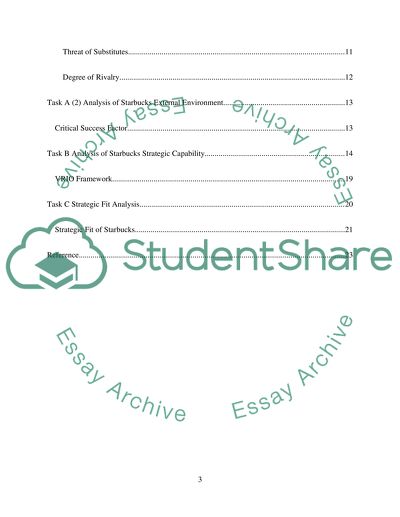Cite this document
(“Starbucks External and Internal Environment Essay”, n.d.)
Retrieved from https://studentshare.org/marketing/1402654-strategic-management-analysis
Retrieved from https://studentshare.org/marketing/1402654-strategic-management-analysis
(Starbucks External and Internal Environment Essay)
https://studentshare.org/marketing/1402654-strategic-management-analysis.
https://studentshare.org/marketing/1402654-strategic-management-analysis.
“Starbucks External and Internal Environment Essay”, n.d. https://studentshare.org/marketing/1402654-strategic-management-analysis.


